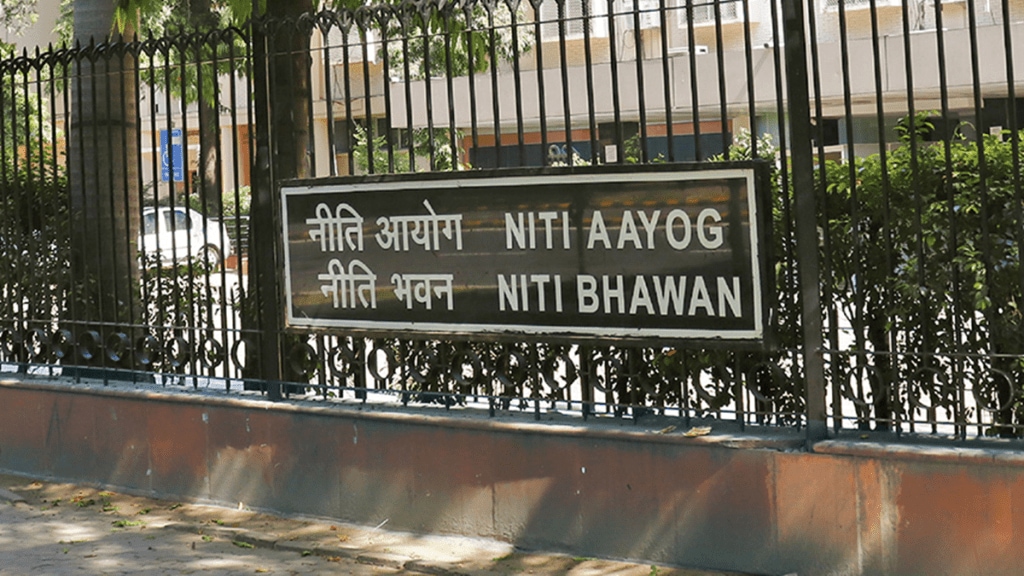India should boost deep-sea and offshore fishing by modernising vessel fleets and offering financial incentives to develop infrastructure through cluster-based models, a NITI Aayog report said. The move could reduce pressure on overexploited coastal fisheries, boost seafood exports, and create jobs, while promoting ecological sustainability, it mentioned.
“Recognise the capital-intensive nature of deep-sea fishing and promote inclusive fleet development by supporting fisher cooperatives and cluster-based approaches, enabling collective ownership, operation, and access to technology,” the Centre’s apex think tank has stated in its report titled ‘India’s Blue Economy‘.
The report has called for investing in developing a tuna or deep-sea fishing fleet, including intermediate-range tuna long liners with an endurance of 7-10 days and a crew complement of 8-10, for sustainable tuna fishing in the Indian Exclusive Economic Zone (EEZ).
India’s EEZ and waters beyond the continental shelf—extending beyond the 200-nautical-mile boundary—host high-value fish stocks including tuna, billfish, and shrimp. Despite this potential, the report notes that deep-sea resources remain largely untapped.
The Aayog also recommends deploying carrier boats to support multiple fishing vessels and efficiently transport catches to landing ports, improving both economic viability and market access.
“Despite a thriving fisheries sector, the deep-sea fishery resources beyond the continental shelf remain largely unexploited. The EEZ has an estimated potential yield of 7.16 million tonne, including both conventional and non-conventional resources,” as per an official note.
“With rising demand outstripping supply from overexploited coastal stocks, harnessing deep-sea resources becomes imperative to ensure food security. However, tapping the deep-sea potential requires shifting towards more capital-intensive offshore fishing through modern fleets,” the report noted.
The Aayog report has also suggested developing an integrated network of deep-sea fishing ports and fish landing centres along the coastline while invest in post-harvest processing, cold chain infrastructure, and marketing channels to minimise wastage.
India has more than 11,000 km of coastline across 13 states and four union territories. While the country has a long history of marine fishing, much of the activity remains concentrated in coastal and inshore waters, which are now facing pressure from overfishing.
In FY24, the fish and fishery product exports stood at ₹60,523 crore, doubling from ₹30,213 crore in FY14, the report noted.

